When it comes to the Internet of Things (IoT), I believe everyone has some understanding, but many readers may only have a vague idea.Today, I will share content related to standards and protocols in the IoT.
Some readers may not know what IoT is, so this article will briefly summarize the relevant content of IoT.
The Internet of Things (IoT) refers to the “internet of everything connected,” an extension and expansion of the internet that combines various information sensing devices with the internet to form a massive network, enabling the interconnection of people, machines, and objects at any time and place.
— Source: Baidu Encyclopedia
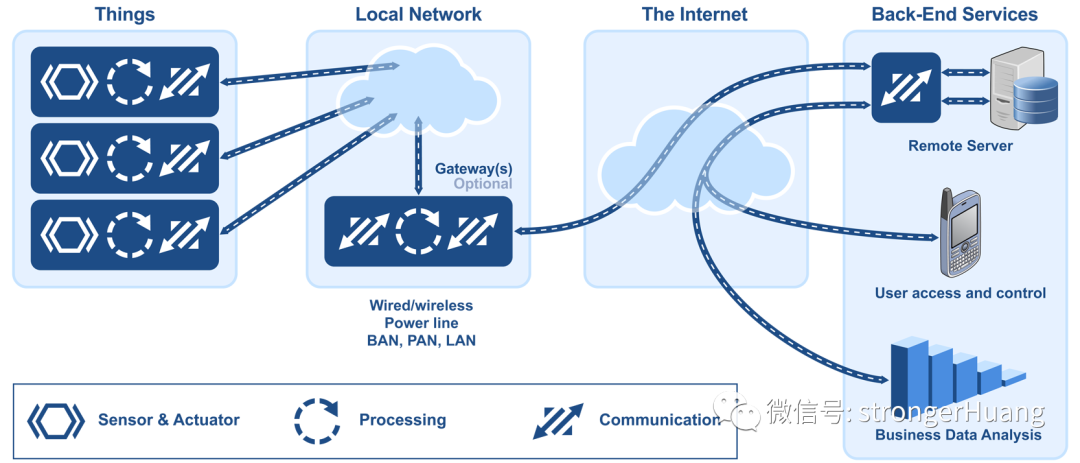
We can categorize IoT into two main categories:
Industrial IoT:Local networks can be based on any of many different technologies. IoT devices typically transmit data over the global internet.
Commercial IoT:Local communication is usually Bluetooth or Ethernet (wired or wireless). IoT devices typically only communicate with local devices.
Overview of IoT Protocols
All IoT protocols are not placed on top of existing architectural models such as the OSI model (Open System Interconnection) which includes the physical layer, data link layer, network layer, transport layer, session layer, presentation layer, and application layer, but rather the protocols are divided into several layers to provide a certain level of organization.
-
Infrastructure, such as: 6LowPAN, IPv4/IPv6, RPL;
-
Identification, such as: EPC, uCode, IPv6, URIs;
-
Comms / Transport, such as: WiFi, Bluetooth, LPWAN;
-
Discovery, such as: Physical Web, mDNS, DNS-SD;
-
Data Protocols, such as: MQTT, CoAP, AMQP, Websocket, Node;
-
Device Management, such as: TR-069, OMA-DM;
-
Semantic, such as: JSON-LD, Web Thing Model;
-
Multi-layer Frameworks, such as: Alljoyn, IoTivity, Weave, Homekit;
Each layer can also be divided into many categories (the above only lists a portion, and some content I believe everyone is familiar with). The specific choice of which one to use depends on your framework and actual applications.
The Internet of Things is actually a complex concept with many varieties, here are a few common aspects listed.
IPv6:IPv6 is an Internet layer protocol used for packet-switched interconnection networks, providing end-to-end datagram transmission across multiple IP networks.
6LoWPAN:6LoWPAN is an acronym for IPv6 over Low-Power Wireless Personal Area Networks. It is an adaptation layer for IPv6 over IEEE802.15.4 links. This protocol operates at a transmission rate of 250 kbps only in the 2.4 GHz frequency range.
UDP (User Datagram Protocol):A simple OSI transport layer protocol used for Internet Protocol (IP)-based client/server network applications. UDP is the primary alternative to TCP, one of the oldest existing network protocols, introduced in 1980. UDP is typically used in applications specifically tuned for real-time performance.
uIP:uIP is an open-source TCP/IP protocol stack capable of being used with 8-bit and 16-bit microcontrollers. It was originally developed by Adam Dunkels of the Swedish Institute of Computer Science’s “Networking Embedded Systems” group and is licensed under BSD style, further developed by numerous contributors.
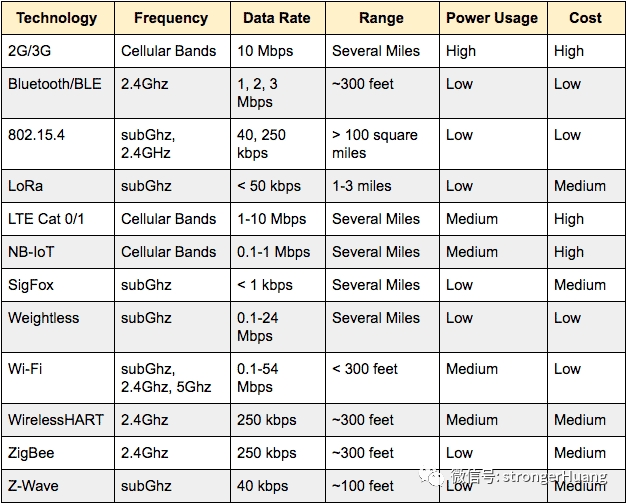
There are many technologies at the communication and transport layer, such as Wi-Fi, Bluetooth, ZigBee, and NFC, which I believe everyone is familiar with.
These technologies have significant differences in communication rates, and the actual application situation should also be considered when making a choice.
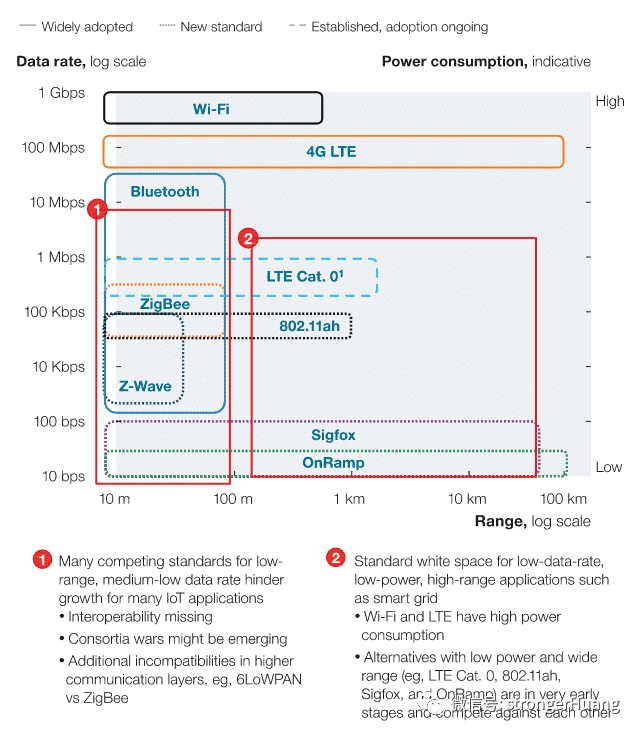
There are many IoT frameworks available on the market, with both free and paid solutions.Below are some framework diagrams to help beginners learn IoT technology.
1. ARM IoT Platform Director
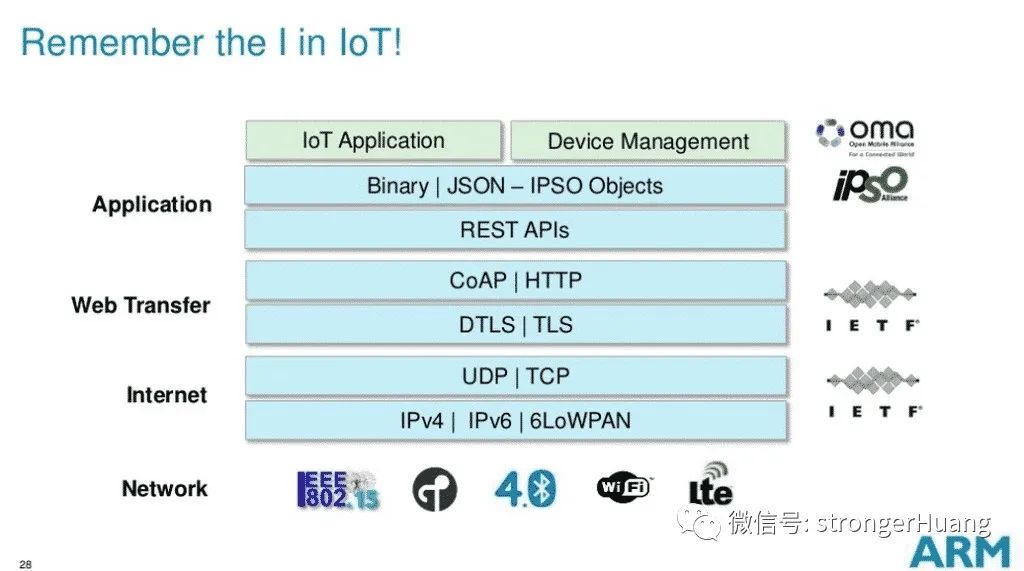
2. David E Culler Open Standard Reference Model
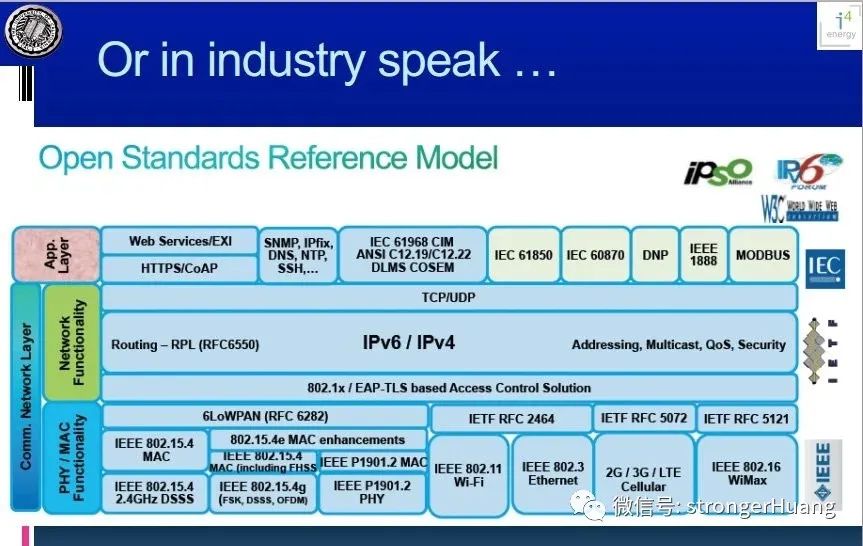
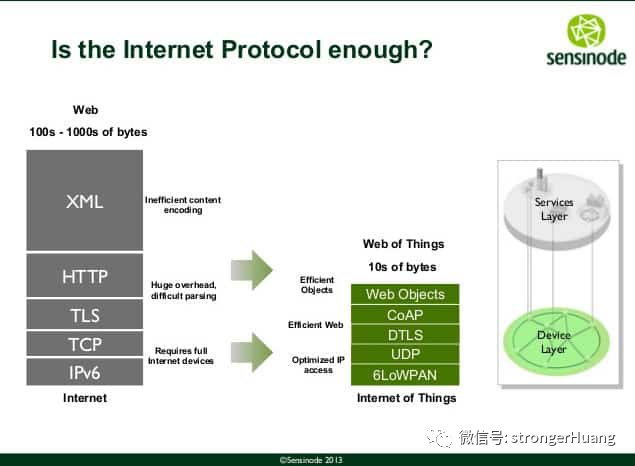
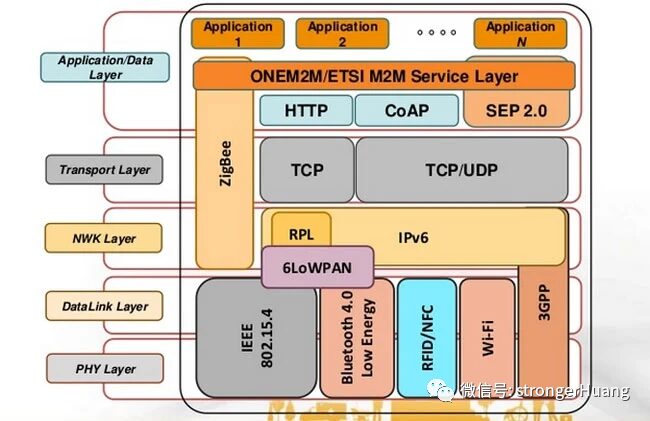
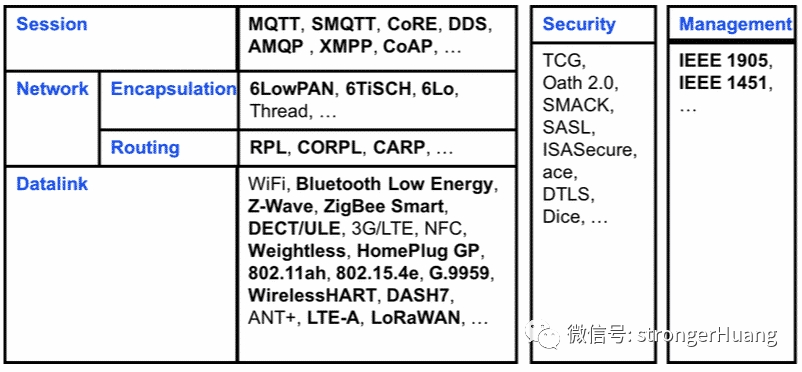
The above shares some common IoT protocols and frameworks. The specific choice of which one to use needs to be combined with the actual situation. I hope the content of this article provides beginners with a basic understanding of the IoT framework.
Source: | Embedded Column
Copyright belongs to the original author. If there is any infringement, please contact for deletion.
END
关于安芯教育
安芯教育是聚焦AIoT(人工智能+物联网)的创新教育平台,提供从中小学到高等院校的贯通式AIoT教育解决方案。
安芯教育依托Arm技术,开发了ASC(Arm智能互联)课程及人才培养体系。已广泛应用于高等院校产学研合作及中小学STEM教育,致力于为学校和企业培养适应时代需求的智能互联领域人才。







